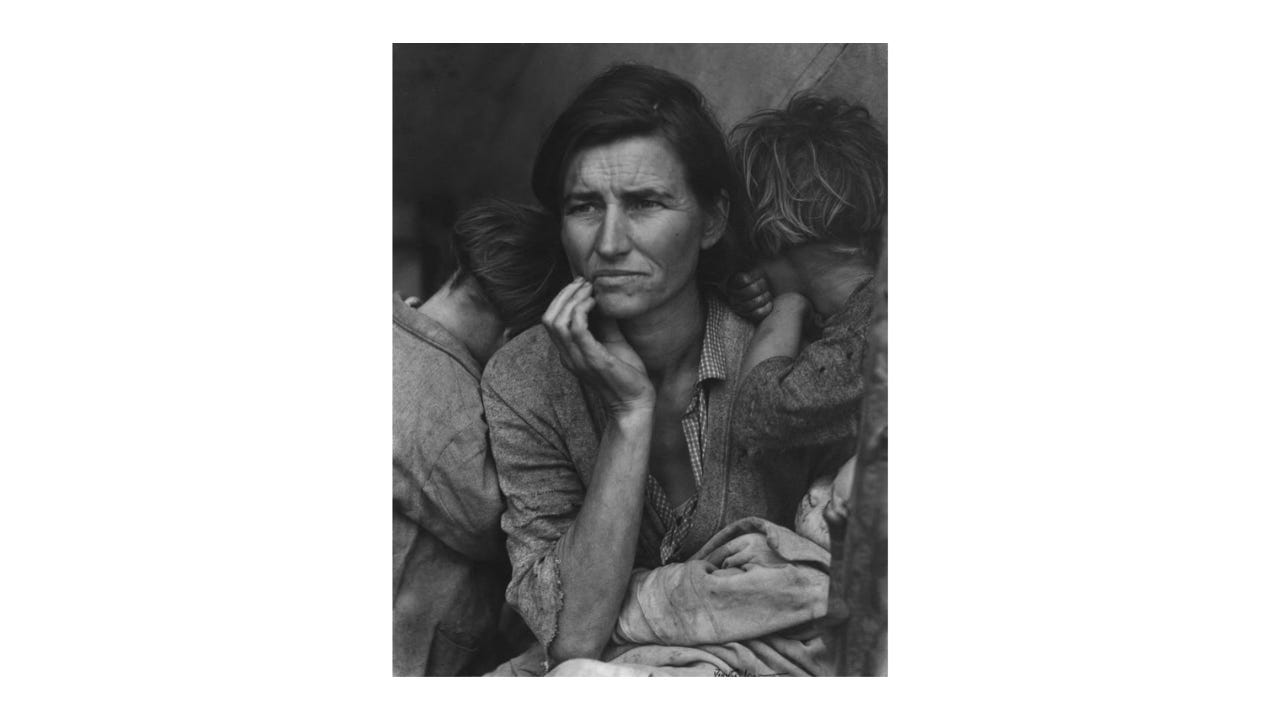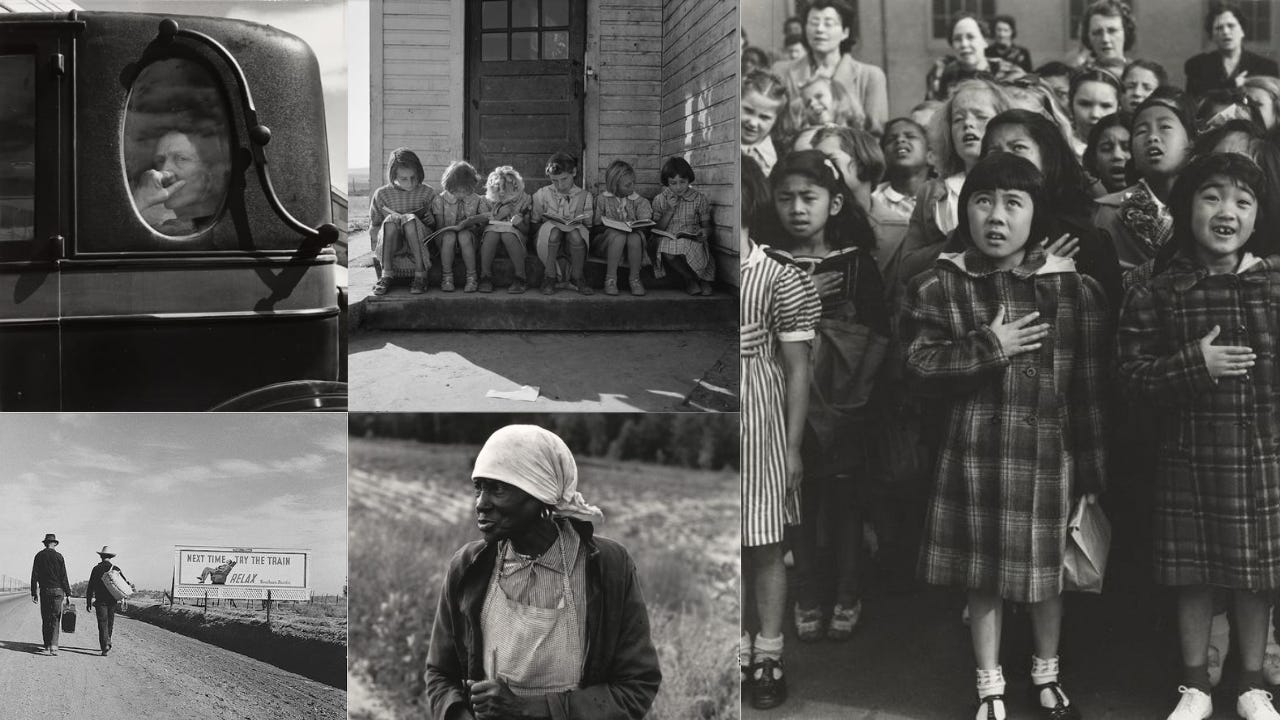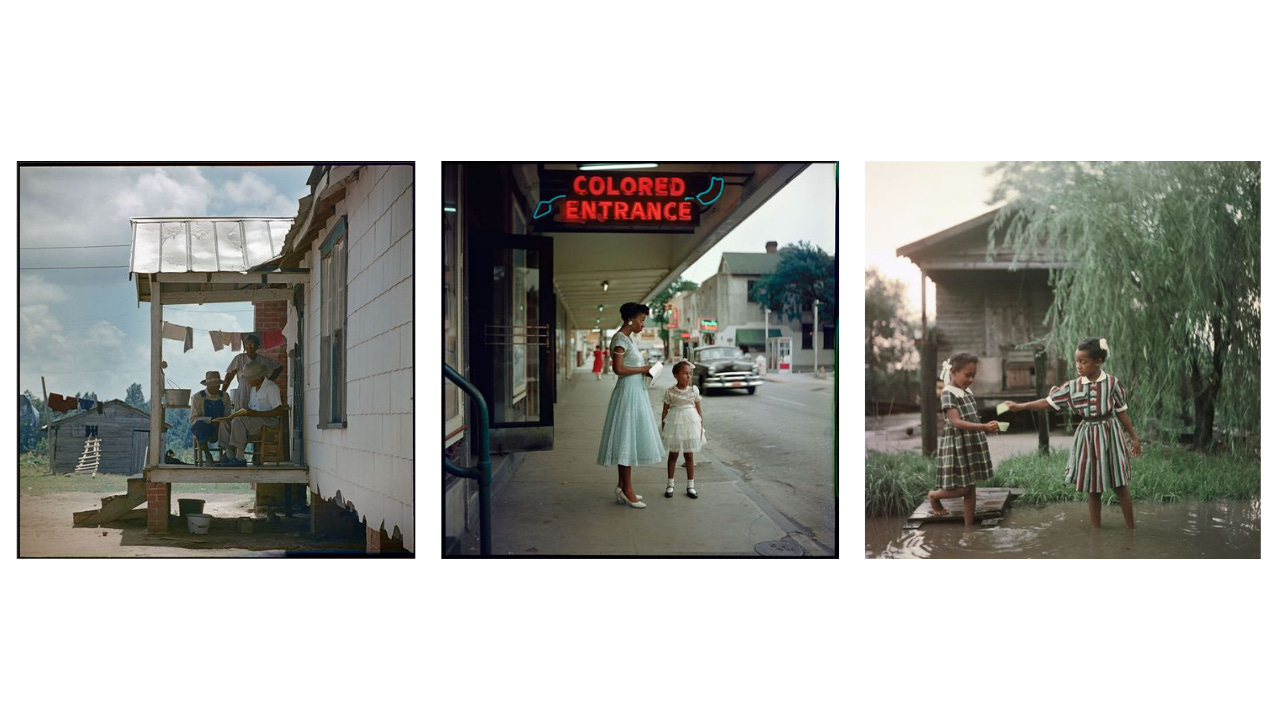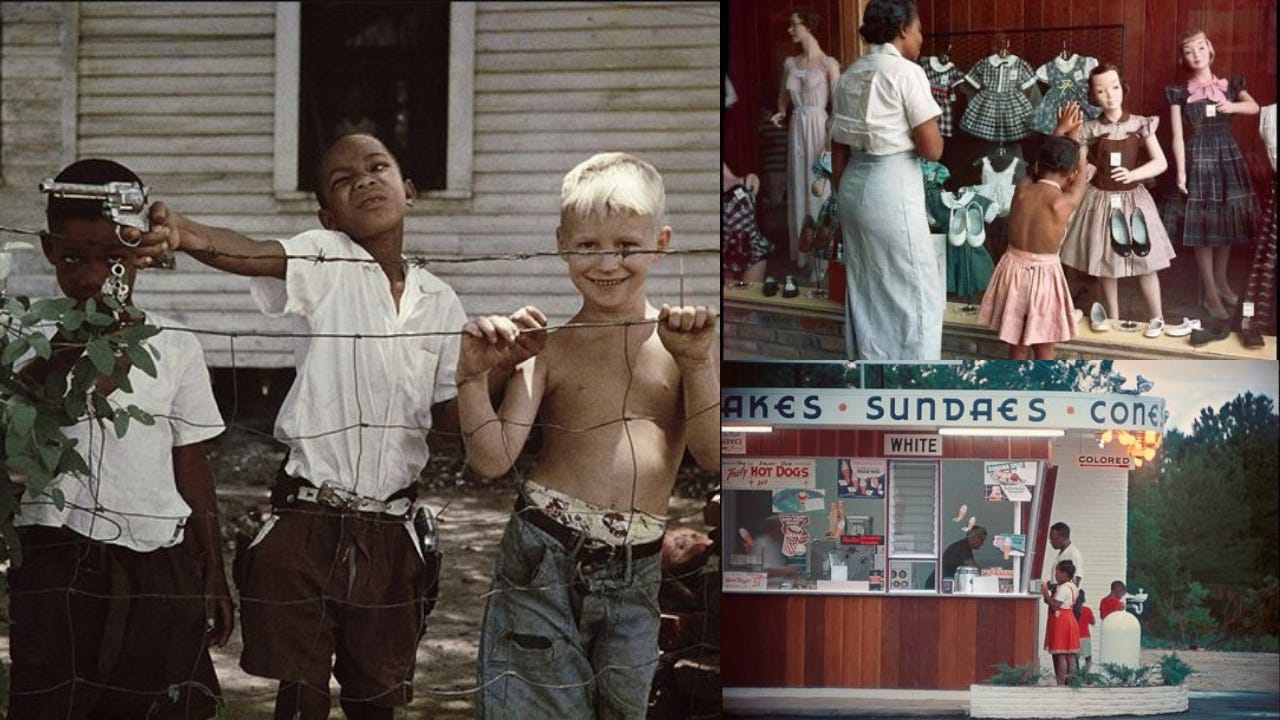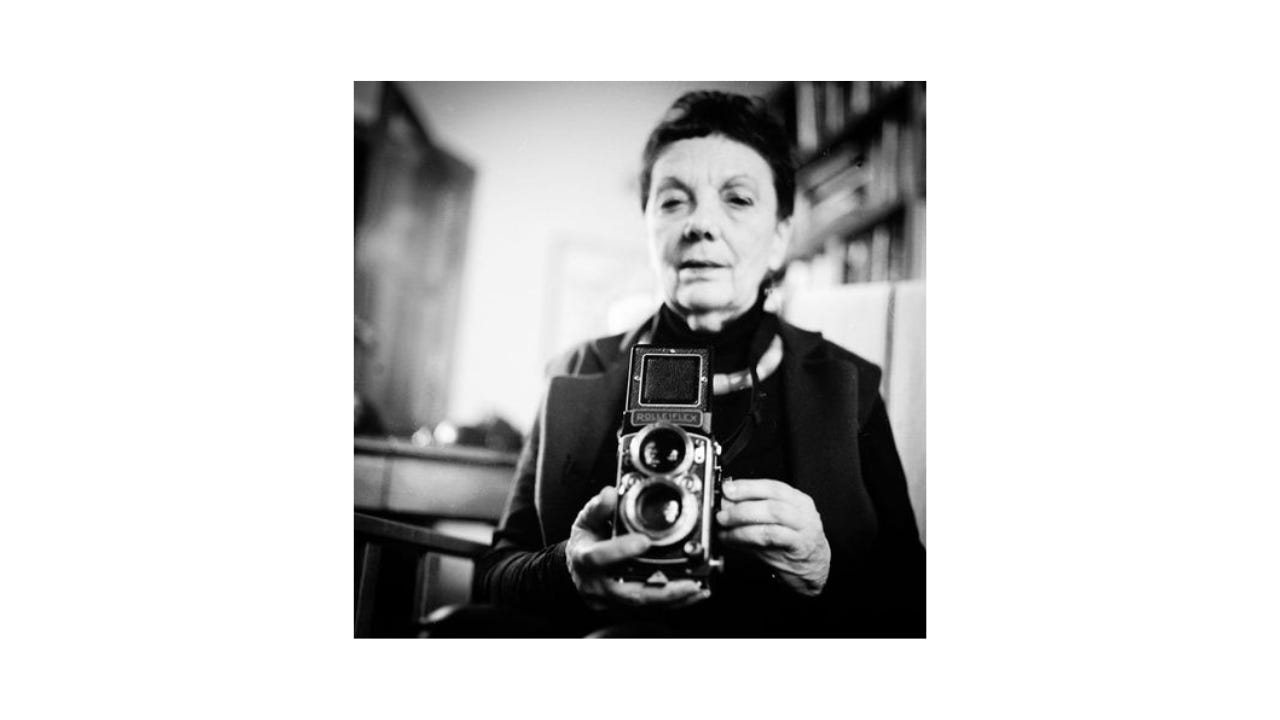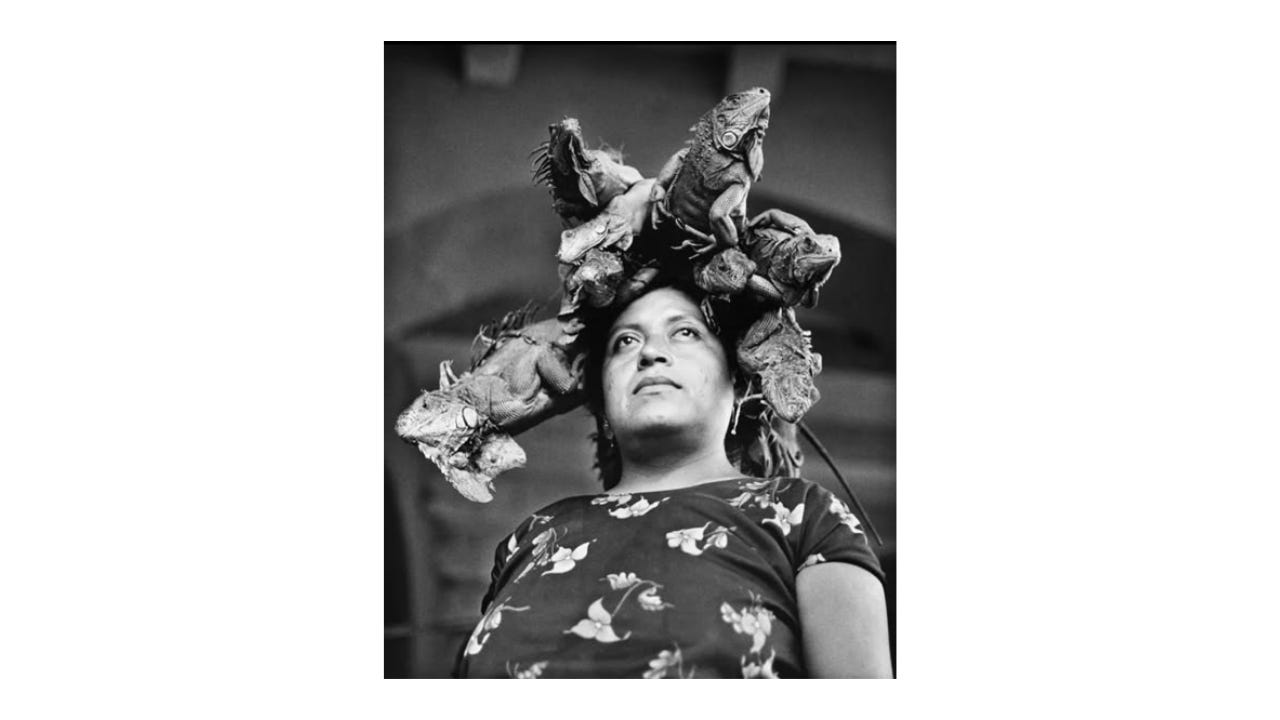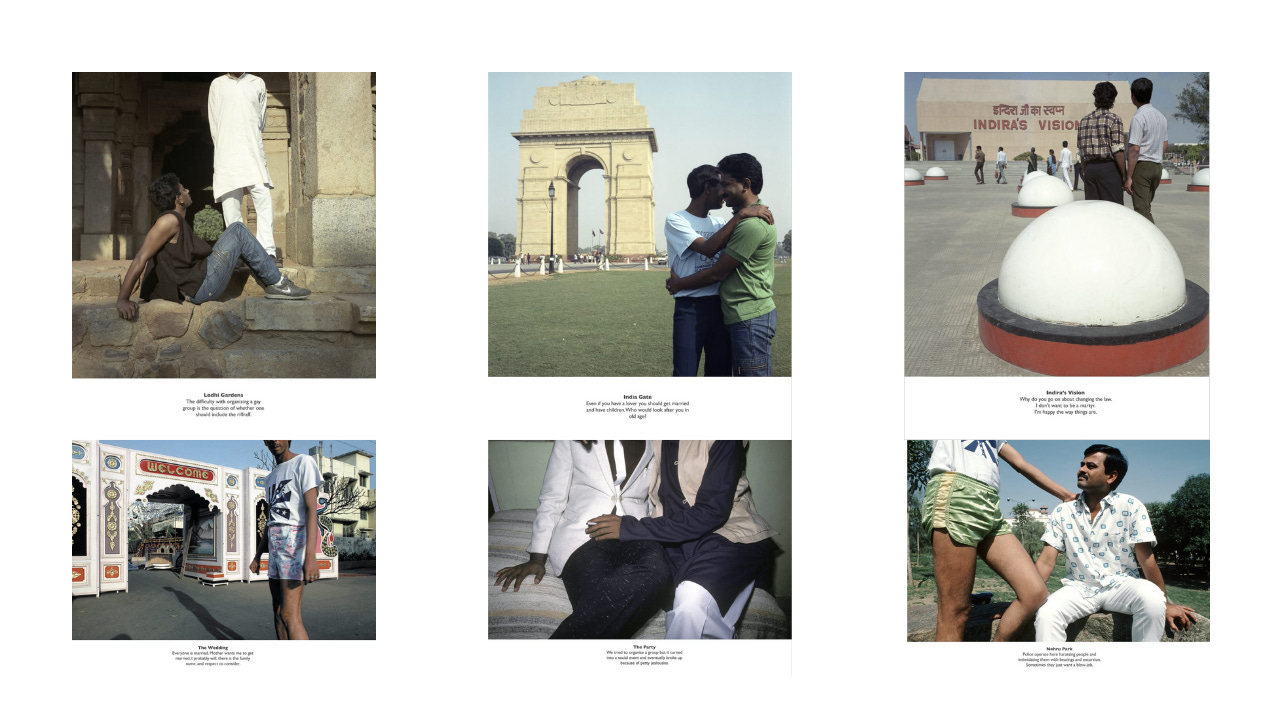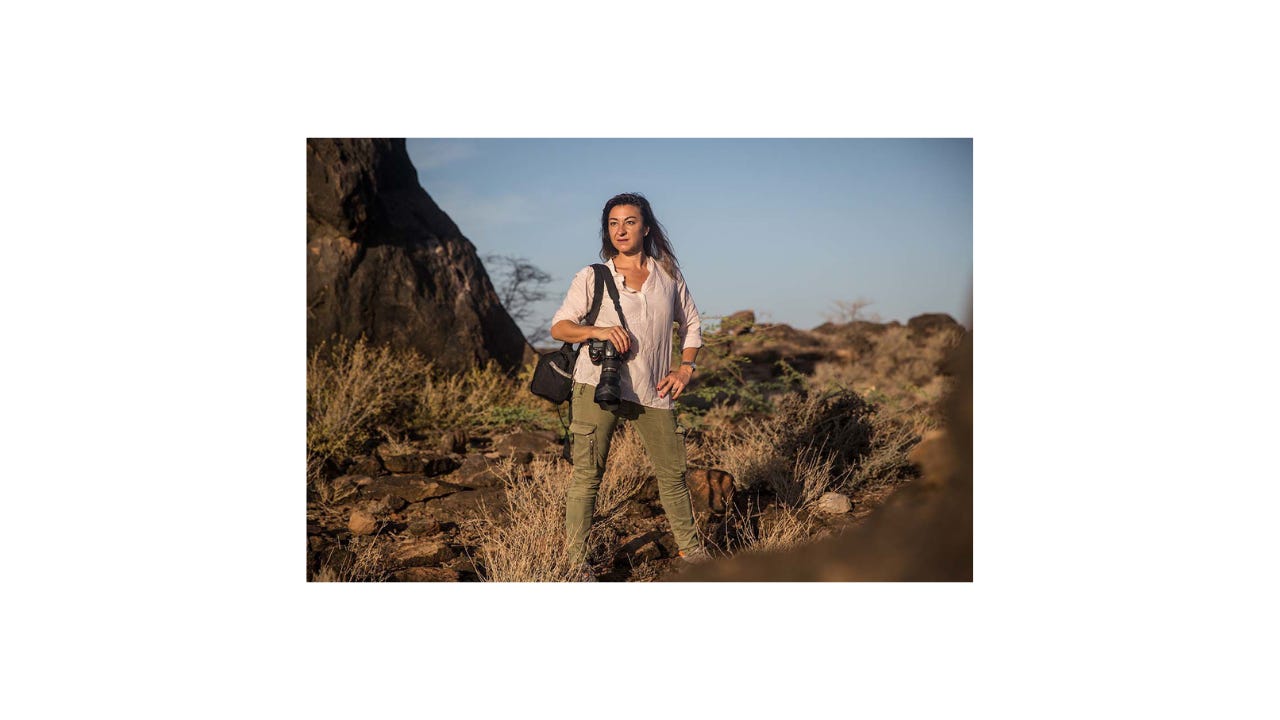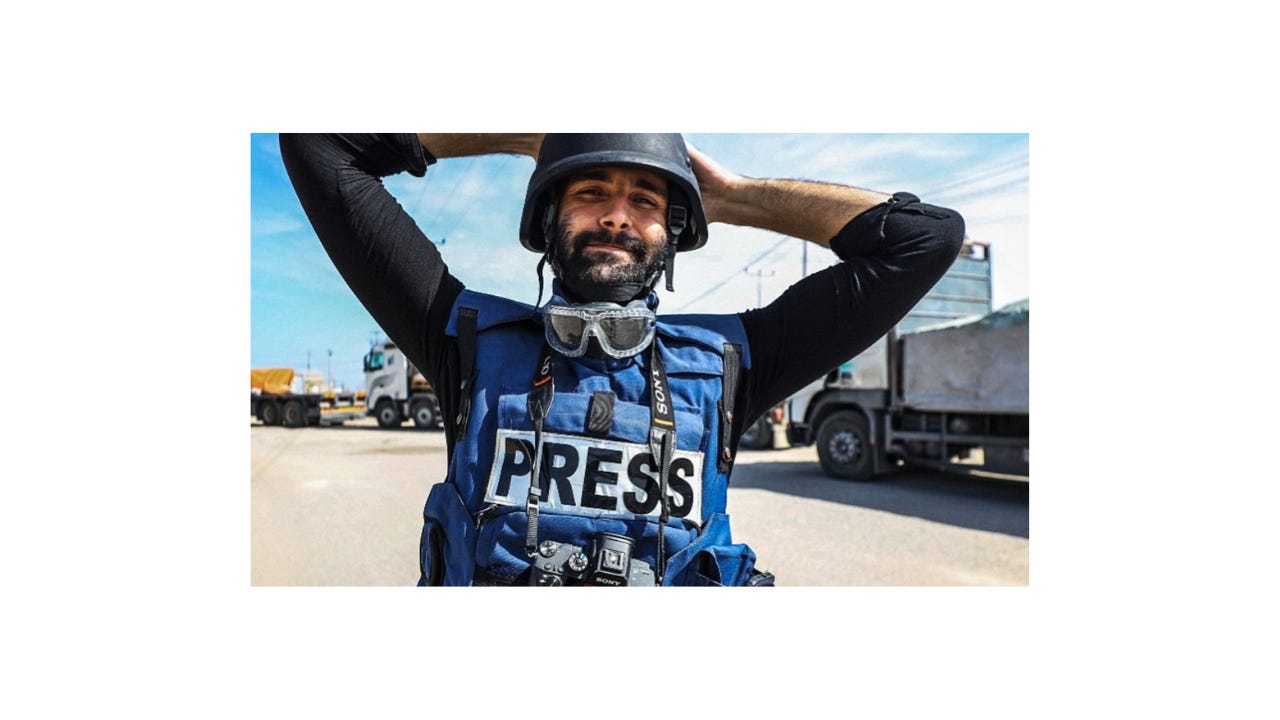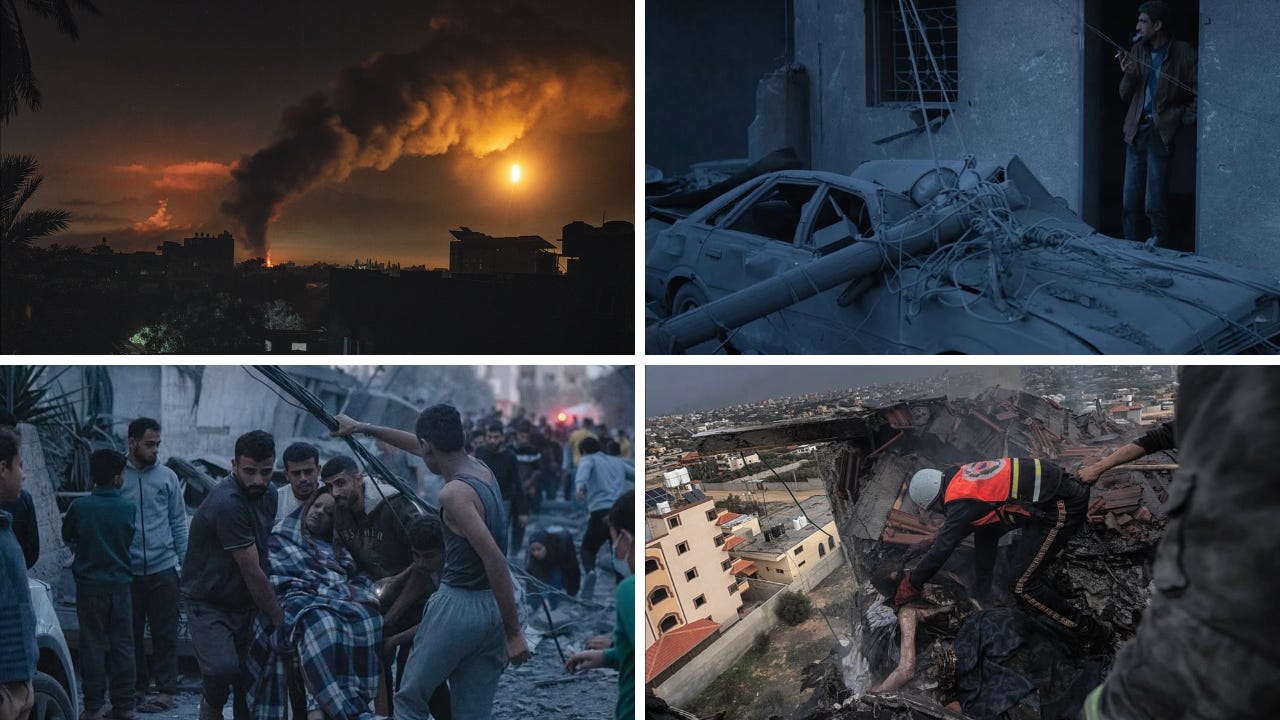THE IMPORTANCE OF PHOTOJOURNALISM
A BRIEF HISTORY OF SOME OF THE MOST IMPORTANT PHOTOJOURNALISTS OF THE PAST AND PRESENT
In a world overflowing with images captured on smartphones that are forgotten as quick as they were taken, it’s easy to overlook the profound power a single photograph can hold- and yet throughout history, photojournalism has not only shaped public perception, but also altered the very course of wars, awakened global consciousness, and given voice to those who might have otherwise remained unseen.
Today we're diving deep into the underbelly of photojournalism—the people behind the lens who've not only captured history but also changed the course of it.
Now why do I care about photojournalism so much and why should I convince you to care about it either?
Well, photojournalists are more than photographers; they're storytellers, truth-seekers, and sometimes, they're the first responders of awareness. Through their courage and creativity, they've captured crucial moments that sparked conversations, awareness, and even global change.
I think the first prominent example of this is Dorothea Lange.
Lange is best known for her iconic image titled ‘Migrant Mother’, taken in 1936 during the great depression era.
After this photograph was taken it would quickly become one of the most well known images produced by the FSA (Farm Security Administration) founded by President Franklin D. Roosevelt which was formed during the great depression era to raise awareness of and provide aid to impoverished farmers. Lange would go on to capture the lives of many Americans showcased here:
During this time period the FSA became the most influential group of documentarians with a slue of heavy hitting photojournalists such as Roy Stryker, who was basically the man in charge, Walker Evans, Dorothea Lange, Marjory Collins and Gordon Parks just top name a few. Under Roy Stryker, the ID of the FSA adopted a goal of
"introducing America to Americans."
The motto of the FSA was simply
"not to inform us, but to move us."
The ideals behind the photographers working for the FSA wanted the government to give a hand to the people in need, as they were neglected and overlooked. So, they decided to start taking photographs in a style we call today “documentary photography”
Walker Evans:
Marjory Collins:
Now as I’ve said before Dorothea Lange was not the only reputable name to come out of the FSA alumni. One of my personal favorite photographers and class act of a human being that also spent some years working for the FSA was a man by the name of Gordon Parks.
Parks wasn’t just capturing images- he was capturing the soul of America during a deeply divided era.
As the first black photographer at Life Magazine, Parks broke racial barriers, using his lens as a powerful tool against inequality.
In his book “A Choice of Weapons” Parks talked about what it meant to be a photographer stating
“I picked up a camera because it was my choice of weapons against what I hated most about the universe: racism, intolerance, poverty. I could have just as easily picked up a knife or a gun, like many of my childhood friends did ... most of whom were murdered or put in prison ... but I chose not to go that way.”
His iconic series ‘Segregation Story’ depicted the stark realities of racial segregation in the 1950’s south, vividly portraying the struggles and dignity of Black Americans.
His photograph ‘American Gothic’ featuring Ella Watson holding a broom and mop, challenged perceptions of race and poverty, highlighting systemic injustice. (Seen Left)
As a black photojournalist during a time of intense racial discrimination, Parks brought visibility and empathy to stories previously ignored or misinterpreted. His courage in documenting racial injustice not only shaped public understanding but also fueled crucial civil rights conversations and movements.
Gordon Parks’ work reminds us of the power representation. his legacy goes beyond photography-a it’s about fighting injustice and demanding humanity through art.
Gordon Parks is one of my favorite photographers as a whole, but lets shift the focus to talking about more iconic photographs and what they bring to our history books.
War is one of the most gruesome and terrible acts that humanity unfortunately tends to create far too often. During times of war atrocities beyond comprehension happen without anyone else but the individuals in the moment living through those experiences. Countless acts of terror, casualties, war crimes, and death tolls all undocumented, lead to a false concept of what war was truly like.
Without documentation, it was much easier to aid the propaganda machines of both domestic and foreign countries. A lack of awareness and knowledge of the brutalities of war created a false sense of nationalism in both Allied Forces and Axis Powers during World War II.
However, one photographer, Robert Capa, through his lens changed the publics perception on the act of war and how society views it.
Capa captured humanity in some of its most perilous situations, famously declaring-
“If your photographs aren't good enough, you're not close enough.”
Capa lived by this principle fearlessly. His iconic photographs of the Spanish Civil War, particularly ‘The Falling Soldier’, brought the brutal realities of combat directly into public consciousness.
His images from D-Day, notably from Omaha Beach, remain among the most haunting visuals of World War II.
Robert Capa’s photographs of US Forces’ assault on Omaha Beach on D-Day, June 6th, 1944, are an invaluable historic record of the Allied invasion of German occupied France, which contributed to the liberation of Western Europe from Nazi control a year later. The largest seaborne attack in history, it was also one of the bloodiest, with a combination of strong winds, unruly tidal currents and a well prepared and formidable German defense that resulted in the casualties of 2,400 American lives by the end of the first day.
Capa’s documentation of the event saw him join the soldiers on the front lines as they advanced, experiencing the landing on Omaha Beach along side them with his camera in hand.
These raw, unfiltered images drastically impacted the American public, stripping away the romanticism of war and confronting people with its true human cost. Through his lens, war was no longer abstract- it became personal, immediate, and undeniable.
Robert Capa’s bravery in documenting war reshaped photojournalism, forever changing the ways conflicts are reported. His commitment cost him his life in 1954, but his legacy continues to inspire truth and courage in journalism today.
Photojournalism isn’t just a profession; it’s a catalyst for empathy, action, and policy change. And it’s enriched by the diverse voices behind those lenses.
Let’s celebrate diversity a bit more shall we?
Photographers like Graciela Iturbide, one of Mexico’s most celebrated photographers, whose work beautifully elevates indigenous voices and cultures.
Graciela captured vivid scenes of indigenous Mexican cultures, amplifying underrepresented communities. Iturbide has spent decades capturing profound and poetic images of Mexico’s indigenous communities, exploring themes of identity, tradition, and spirituality.
Her most renowned image, 'Nuestra Señora de las Iguanas', became a symbol of indigenous strength and beauty.
Iturbide’s immersive series on Juchitán, a matriarchal indigenous society in Oaxaca, offered a rare, empowering glimpse into a world often overlooked or misunderstood.
Through her lens, Iturbide gives voice to underrepresented communities, inviting global audiences to appreciate the richness and complexity of indigenous life. Her photographs challenge stereotypes, celebrate cultural dignity, and foster empathy and respect.
Graciela Iturbide’s work isn’t just artistic—it's transformative, bridging cultural divides and reminding us of our shared humanity.
Photojournalism as a whole is such a broad spectrum and ranges from just about every type of topic you can think of. From inequality, to climate change, crime, wildlife, and the list goes on and on. However what they all have in common is the advocacy for change.
Telling a visual story about something worth shedding light on and forcing the viewer to see it before them regardless of the lies they’ve been told or tell themselves. A good photo journalist is an advocate for the truth, built with empathy and courage to put their beliefs and sometimes life on the line for the betterment of society.
Let's take brief look at another photojournalist known for his advocation for the LGTQIA+ community.
This is Sunil Gupta, a visionary photographer whose images beautifully and powerfully amplify the voices of LGBTQIA+ communities worldwide.
Born in India in 1953 and based in London, Sunil Gupta has dedicated his artistic journey to showcasing the lived experiences of LGBTQIA+ individuals, challenging stigma, and advocating for social acceptance through powerful visual storytelling.
His influential series, 'Exiles', documented the lives of gay men in Delhi during the 1980s, courageously confronting conservative norms.
Gupta's iconic series, 'Christopher Street', captured moments of intimacy and resilience among queer communities in New York, directly addressing the HIV/AIDS crisis with dignity and humanity.
Sunil Gupta’s photography is more than art—it’s activism. His deeply personal and authentic portrayals challenge stereotypes, increase visibility, and foster understanding and empathy towards LGBTQIA+ identities around the globe. Something we could use a whole lot more here in the states at the current moment.
Gupta’s powerful legacy reminds us of photography's role in advocating for change, representation, and justice for all communities.
These artists didn’t just document their world—they reshaped it. And in todays world photojournalism remains critically essential.
Photographers like Lynsey Addario risk their lives in conflict zones, documenting humanitarian crises and urging global intervention, as seen recently in Ukraine and Afghanistan.
Addario has built a career capturing heart-wrenching stories from conflict zones, shining a crucial spotlight on human suffering and resilience, compelling the world to act.
Her gripping images from Afghanistan vividly portrayed the lives and struggles of women under Taliban rule, stirring international conversations about human rights.
Recently, her powerful reporting from Ukraine has captured the devastating human impact of war, bringing urgency to global attention and intervention.
Her courageous storytelling in conflict areas like Darfur, Libya, and Syria has not only exposed urgent humanitarian needs but has also directly influenced policy decisions and humanitarian responses.
Or how about Motaz Azaiza?
Born in 1999 in Deir al-Balah, Gaza Strip, Motaz Azaiza graduated from Al-Azhar University with a degree in English studies. Initially capturing the everyday life and beauty of Gaza, however his focus shifted dramatically with the escalation of forced dispossession in the region.
During the 2023 Israel-Gaza State sanctioned violence, Azaiza's fearless documentation provided unfiltered glimpses into the devastation faced by Palestinians. His photograph titled 'Seeing Her Through My Camera’, depicting a young girl trapped under rubble, was recognized by Time Magazine as one of the Top 10 Photos of 2023. (Seen Top Left)
Through his lens, Azaiza not only captured the immediate horrors of war but also highlighted the enduring spirit and resilience of the Palestinian people. His work has been instrumental in urging global intervention and humanitarian aid.
Motaz Azaiza's unwavering commitment to showcasing the truth amidst adversity underscores the vital role of photojournalism in conflict zones. And the necessity of photojournalists in todays world.
His images compel us to confront uncomfortable realities and inspire collective action toward peace and justice. And without his work many of the atrocities committed onto the Palestinian people would go unheard and undocumented. If not for his work the gravity of the disasters in Gaza would be misrepresented by legacy news outlets, politicians and people who claim a genocide is not actively going on.
Photojournalism isn't just about capturing the world—it's about changing it. These storytellers confront injustices, shine light into darkness, and inspire movements.
So next time you see a powerful photograph, pause for a second, think about the photographer behind it—the risks they took, the stories they told, and the changes they sparked. Let's keep supporting and appreciating the incredible work of photojournalists, because their lenses shape our world!
If you’d like to learn more about photography you can follow me on my socials and youtube!
Instagram: @Thomas Tapy & @JaredTapy
Youtube:
Thank you so much for reading if you made it this far.
Keep Moving Forward





